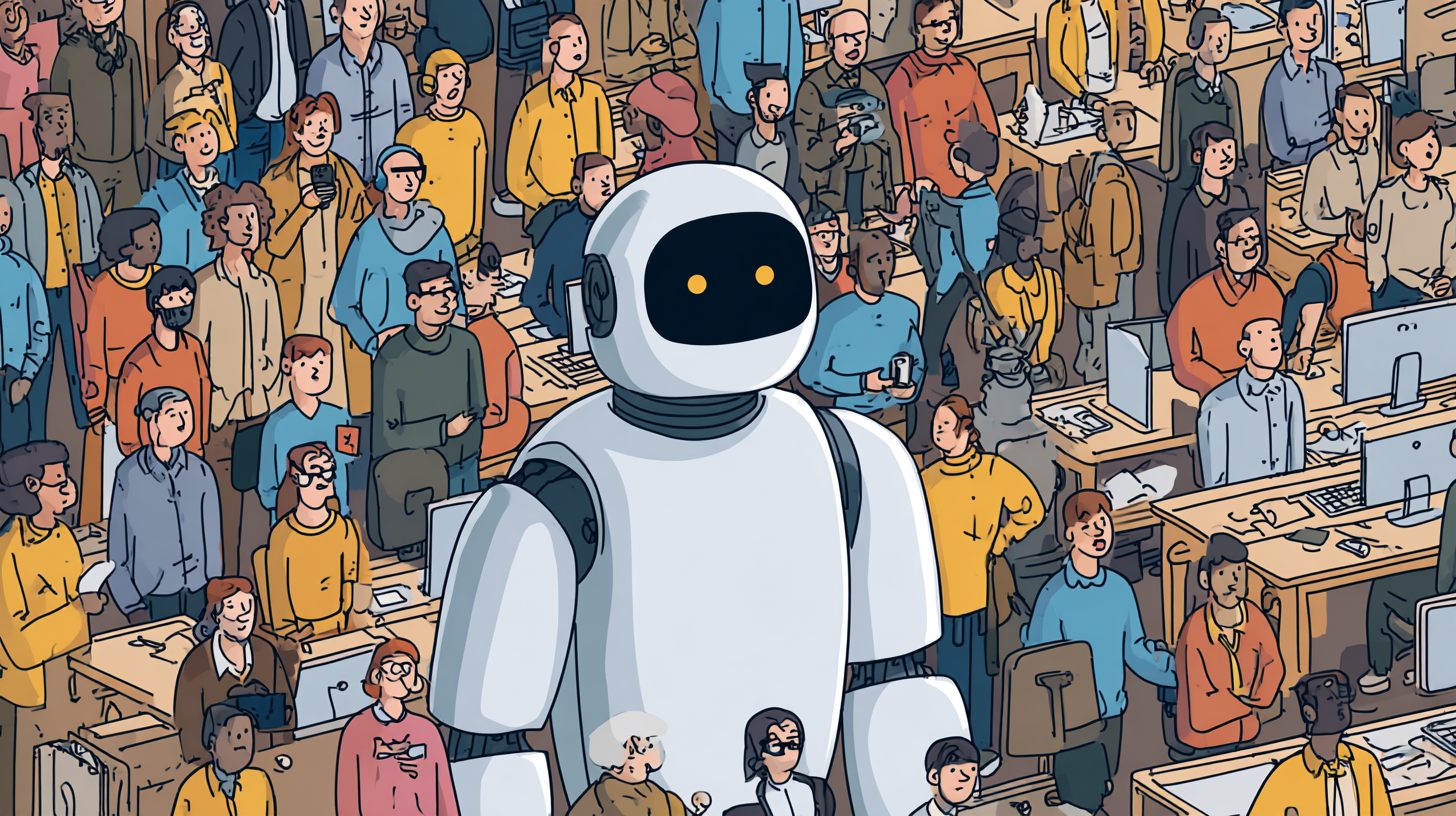Looking back at the recent surge of innovation in AI, I found myself captivated by DeepSeek’s bold move into efficient large language models. On September 30, 2025, the Chinese AI company released DeepSeek-V3.2-Exp, an experimental model that could reshape expectations around affordable AI—especially for anyone struggling with the high cost of long-context processing.
What makes DeepSeek-V3.2-Exp stand out is a technique called DeepSeek Sparse Attention (DSA). Traditional transformer models compare every word with every other word, so costs skyrocket as conversations get longer. Sparse attention tackles this by narrowing the focus to the most meaningful connections. Instead of evaluating thousands of pairings for, say, the 5,000th token, DSA considers only a small, relevant subset.
To make that possible, DeepSeek uses a “lightning indexer,” a compact neural network that selects the top 2,048 connections for each token. While not all implementation details are public, DeepSeek maintains that this approach preserves model understanding. The payoff, according to their benchmarks, is substantial: API costs for long-context tasks could drop by about 50%, with DeepSeek-V3.2-Exp performing on par with V3.1-Terminus despite employing sparse attention.
This push for efficiency is partly driven by constraints. With limited access to the newest AI chips due to export controls, DeepSeek has been forced to extract maximal performance from available hardware. It’s not their first success under pressure, either. Earlier this year, their R1 model reportedly matched OpenAI’s o1 while costing around $6 million to train, and their chat app even outperformed ChatGPT on the iPhone App Store—clear signs they’re competing on a global stage.
Equally compelling is DeepSeek’s stance on openness. Unlike OpenAI and Anthropic, DeepSeek releases components with open weights under the MIT License. That openness contrasts with the secrecy surrounding sparse-attention implementations in many Western models, even though similar ideas have existed for years. Independent validation is still needed, but if DeepSeek Sparse Attention delivers as promised, it could change how language models are built across the industry.
Ultimately, DeepSeek’s trajectory—highlighted in reporting by Benj Edwards at Ars Technica—illustrates how ingenuity thrives under constraints. They’re not merely keeping pace; they’re charting a path toward AI that is more efficient, more affordable, and more open.



